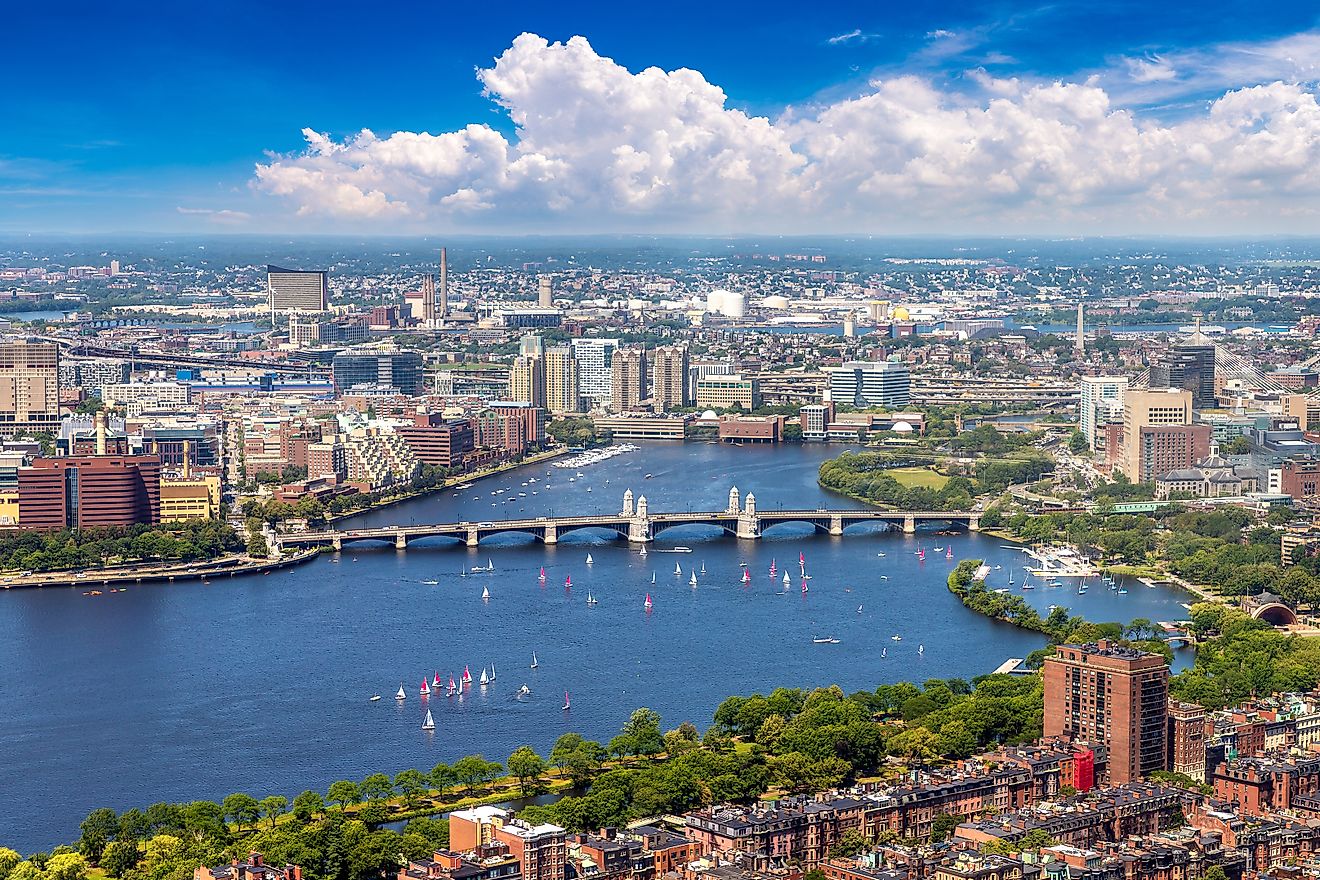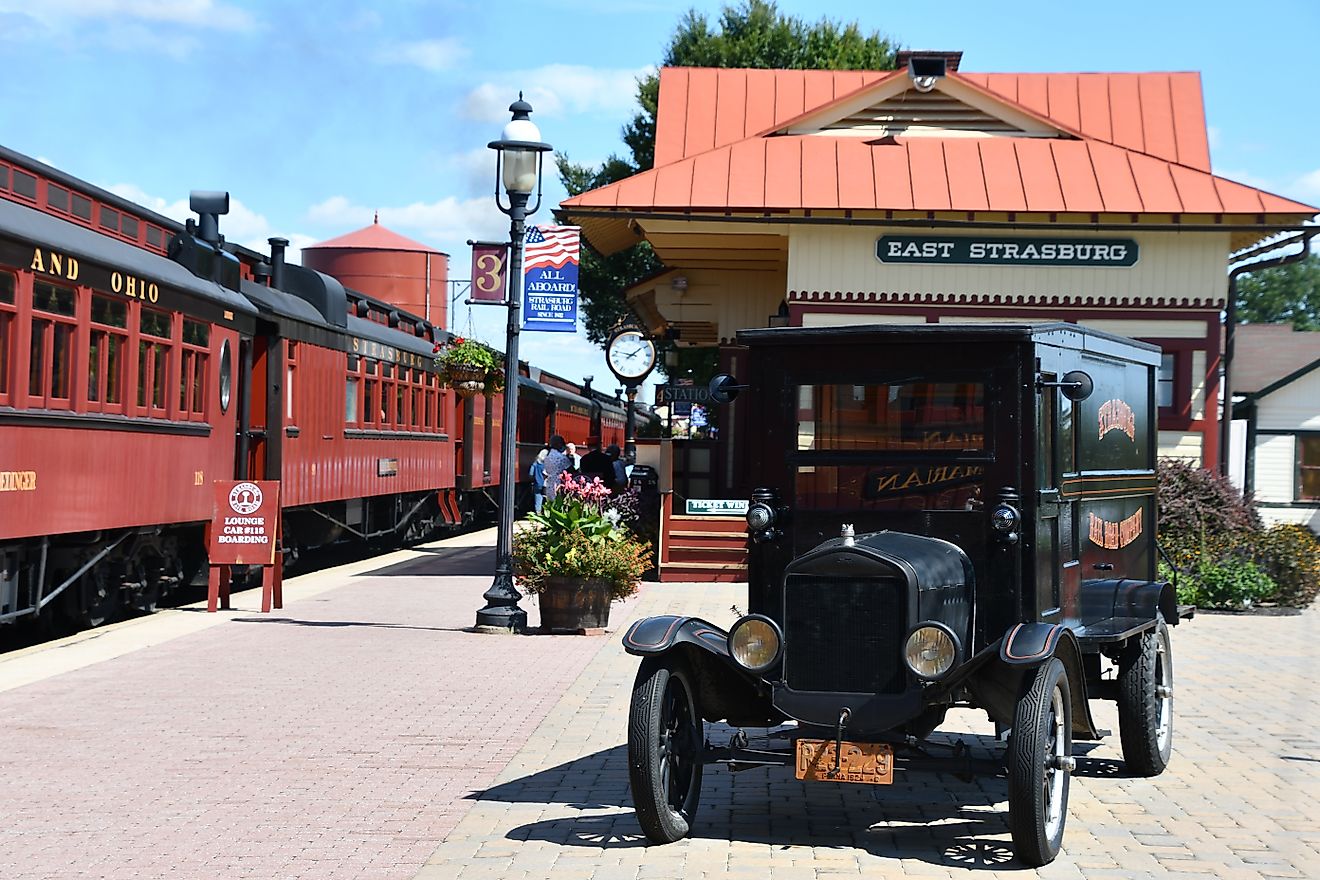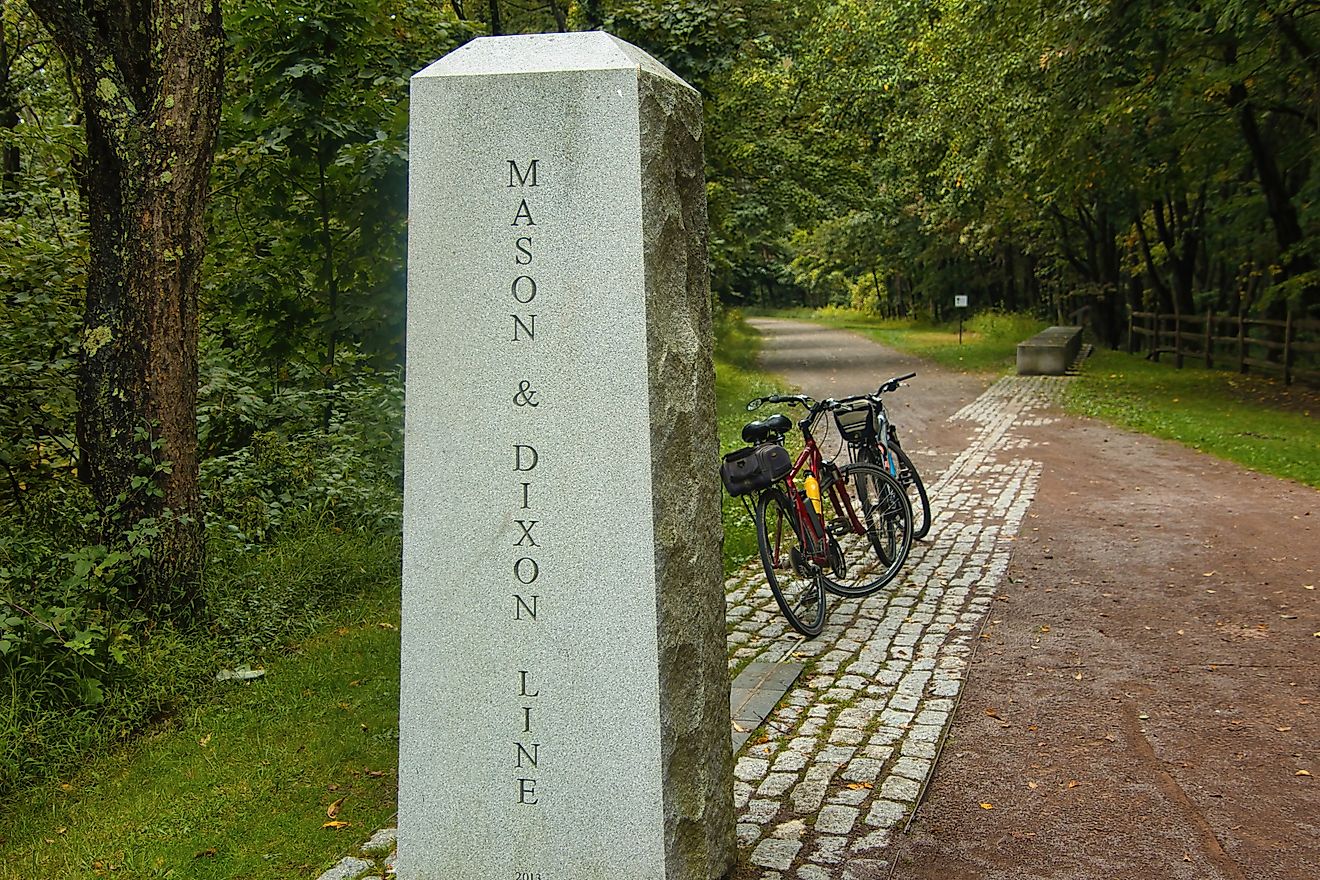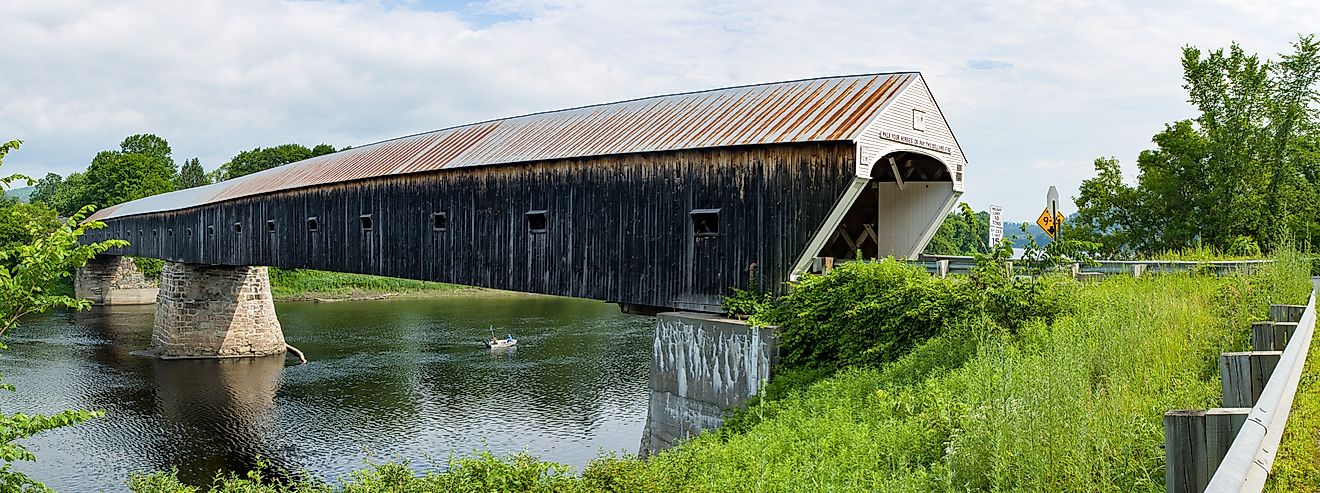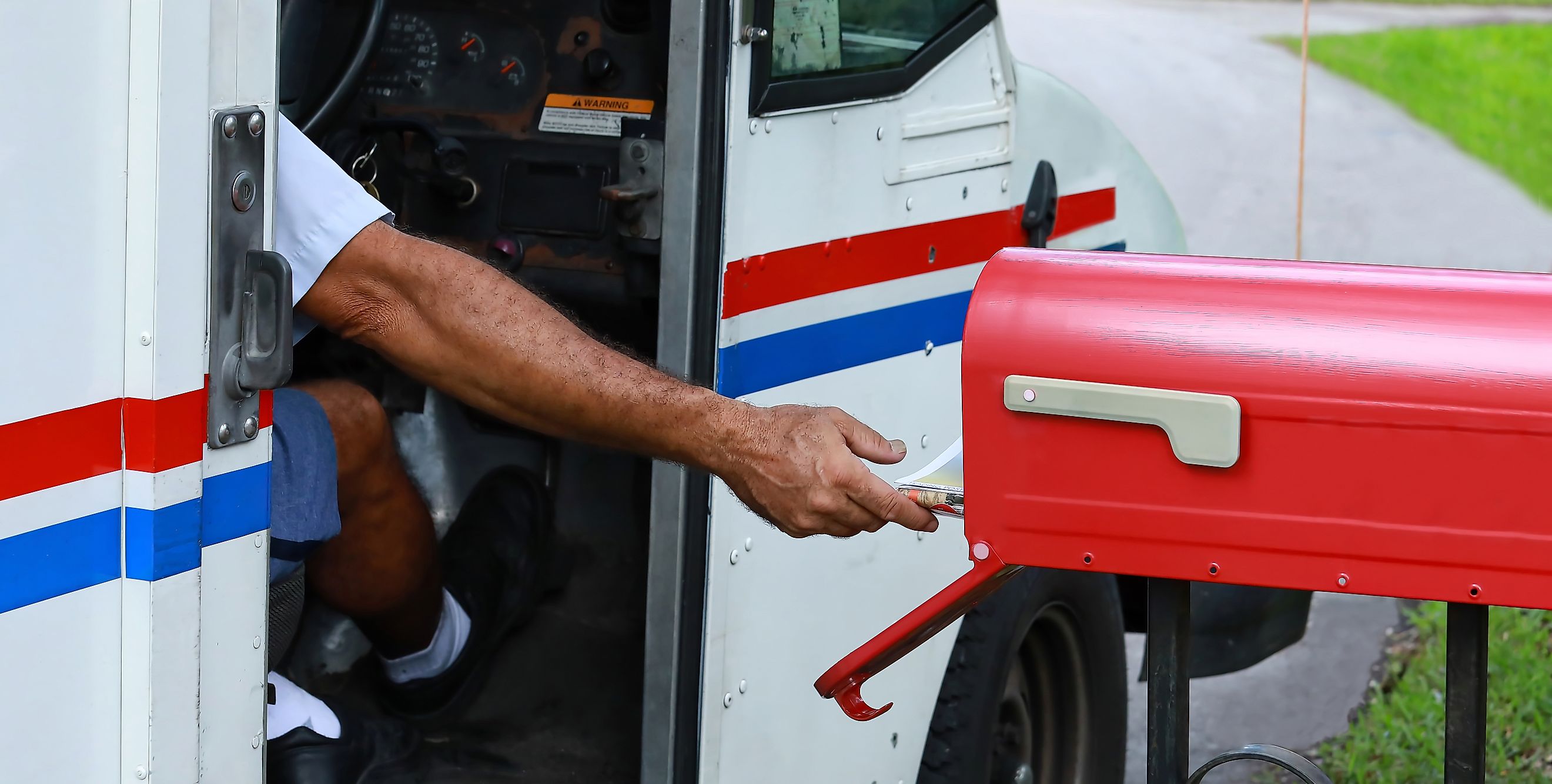
Why the US Postal System Still Uses ZIP Codes
Every day, millions of letters, packages, and bills crisscross the United States. From birthday cards to business contracts, this network relies on a simple five-digit number: the ZIP code. While smartphones and GPS can find almost any address in seconds, the US Postal Service (USPS) continues to depend on ZIP codes to make the nation’s mail flow smoothly.
ZIP codes might seem like an old-fashioned tool in a high-tech world, but they do much more than sort mail. They help define communities, guide emergency services, and even shape online shopping deliveries. So why does the system endure? To answer that, we have to look at where ZIP codes came from, how they work, and why they remain vital.
A Quick Look Back: The Birth of ZIP Codes
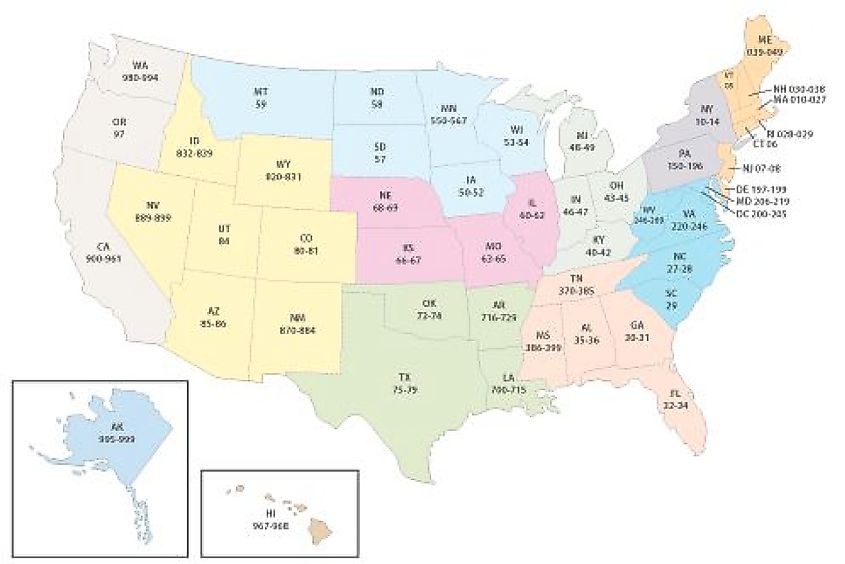
Before the ZIP code, the postal system used a far simpler system. Cities relied on postal zones, introduced in 1943 to handle the growing wartime mail volume. These zones were only for larger cities and typically used one or two digits.
By the early 1960s, the amount of mail had skyrocketed. Suburban growth, interstate commerce, and a more mobile population strained the existing system. On July 1, 1963, the USPS launched the Zone Improvement Plan, hence the name ZIP code. This five-digit code allowed for faster sorting and delivery across the entire country.
The first digit represents a group of US states, the next two digits pinpoint a regional center, and the last two digits identify local post offices or delivery areas. The ZIP code system cut down sorting times, improved efficiency, and made it possible to handle the mail boom of the mid-20th century.
Why We Still Need ZIP Codes Today
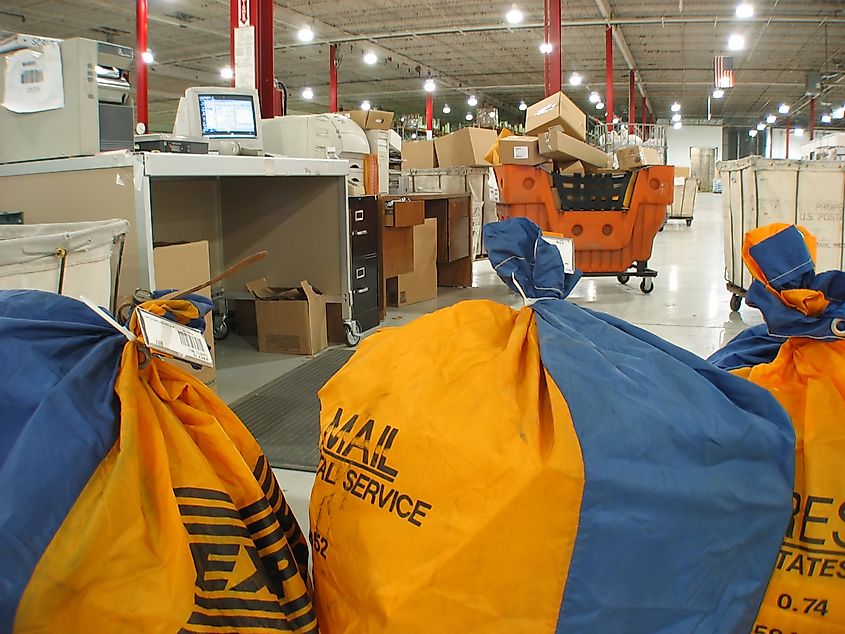
At first glance, it may seem like ZIP codes could have been replaced by digital mapping years ago. After all, our phone’s map app can find a house by GPS coordinates instantly. However, ZIP codes are more than just location markers.
Here is why they still matter:
-
Sorting mail efficiently: Automated sorting machines still use ZIP codes as their primary guide.
-
Defining delivery routes: They organize deliveries into manageable sections for carriers.
-
Supporting businesses: Retailers, couriers, and even marketing companies use them to plan logistics and target services.
-
Community identity: ZIP codes often shape how residents identify with their towns and neighborhoods.
Beyond the Mail: ZIP Codes in Daily Life
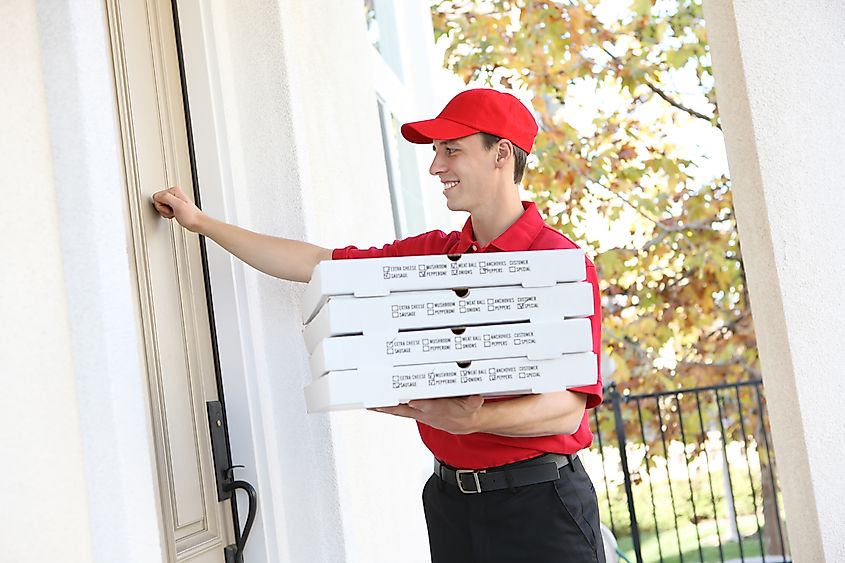
ZIP codes have become part of much more than just postage. They are a quick way to measure demographics, set insurance rates, and plan infrastructure. Many services, from pizza delivery to ride-sharing apps, ask for your ZIP code to determine availability and costs.
Insurance companies use them to assess risks such as crime rates or natural disasters. Retailers rely on them to tailor promotions and shipping options. Even in politics, ZIP codes help shape voting districts and public policy decisions.
The Secret Behind the Extra Four Digits
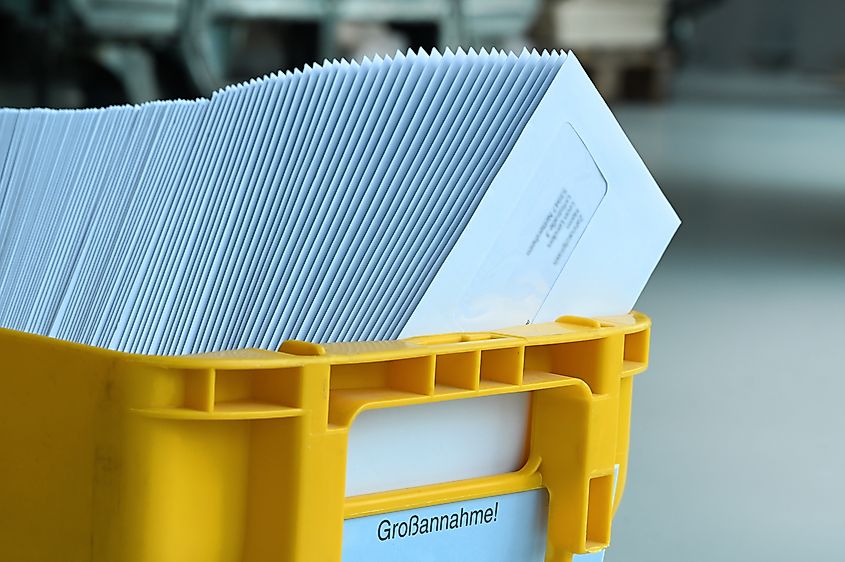
In 1983, the USPS added an optional extension known as the ZIP+4 code. This nine-digit version provides even more precise delivery information, pinpointing buildings, floors, or departments.
While most people only use the five-digit version, ZIP+4 codes are invaluable for bulk mailers, businesses, and government agencies. They help reduce misdeliveries and improve processing speed by directing mail with near pinpoint accuracy.
Do ZIP Codes Change Over Time?

Yes, ZIP codes are not fixed forever. As cities grow and populations shift, the USPS occasionally adds, removes, or adjusts them. This ensures that delivery routes remain efficient and balanced.
For example, a rapidly developing suburb might be given its own code to reduce the workload of an overcrowded postal area. These changes happen gradually, and residents are typically notified well in advance.
ZIP Codes in the Digital Age
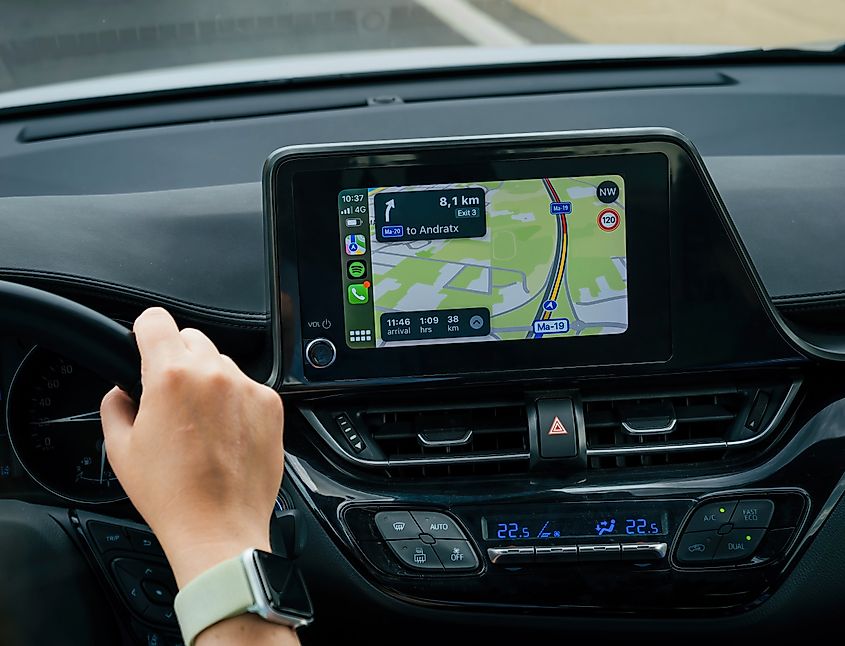
While digital tools dominate modern navigation, ZIP codes remain the backbone of American logistics. Online retailers still require them for shipping calculations, tax determination, and fraud prevention.
E-commerce giants use them to predict delivery times and optimize routes. Emergency responders reference them when deploying resources. And during natural disasters, ZIP codes help coordinate aid distribution and evacuation planning.
How ZIP Codes Affect You More Than You Think
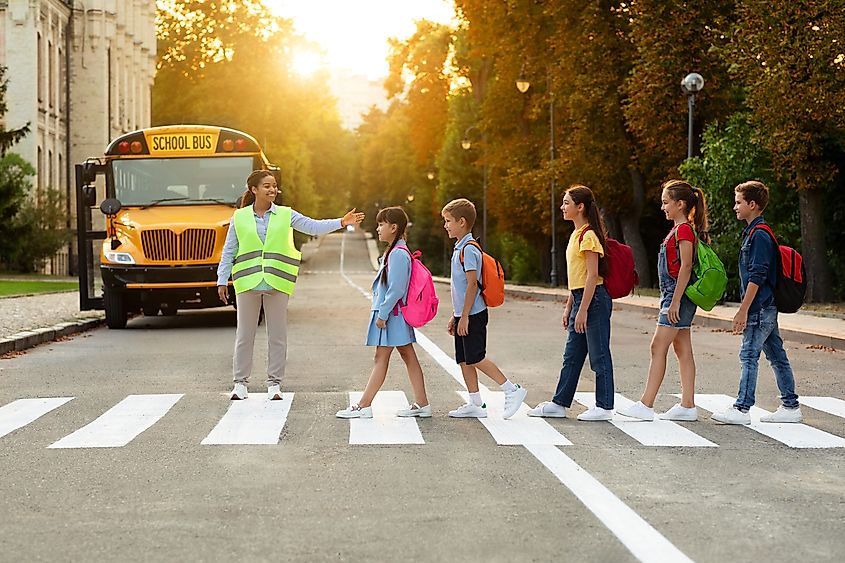
ZIP codes can influence aspects of your life that go far beyond mail delivery:
-
Home values: Some ZIP codes are associated with higher property prices due to perceived prestige.
-
School assignments: Many districts use them to determine which schools children attend.
-
Healthcare access: Hospitals and clinics track them to plan outreach and services.
-
Marketing: Companies analyze them to send coupons, offers, and local ads.
Chart: How ZIP Codes Work
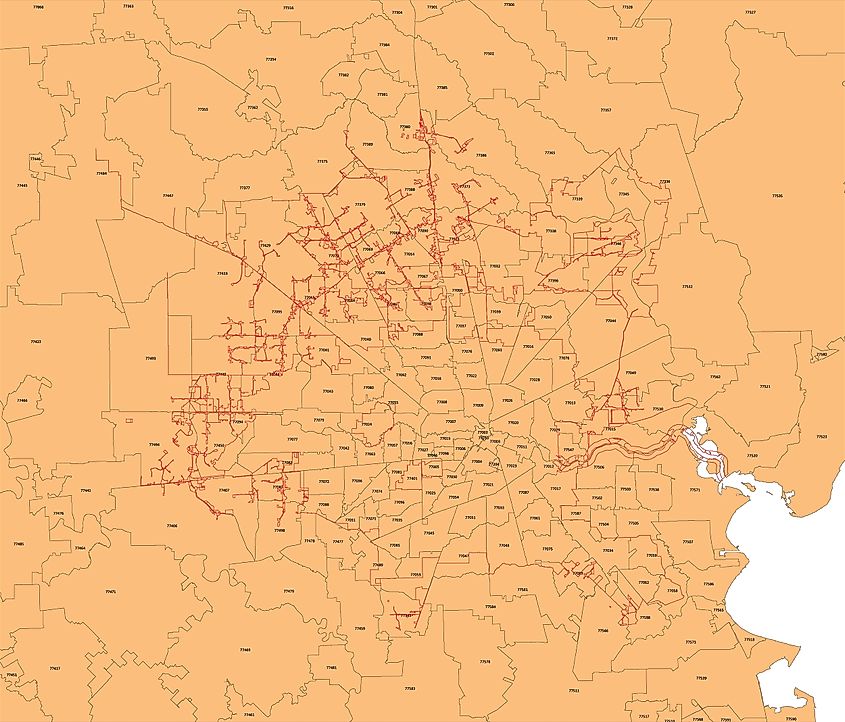
| Digit(s) | Meaning | Example: 15213 (Pittsburgh, PA) |
|---|---|---|
| First digit | Region of the US | 1 = Northeast |
| First two digits | Sectional center facility (SCF) | 15 = Western Pennsylvania |
| Last three digits | Delivery area or post office | 213 = Oakland neighborhood |
| ZIP+4 | More precise delivery information | 15213-3890 for a specific building |
Are ZIP Codes Going Anywhere?
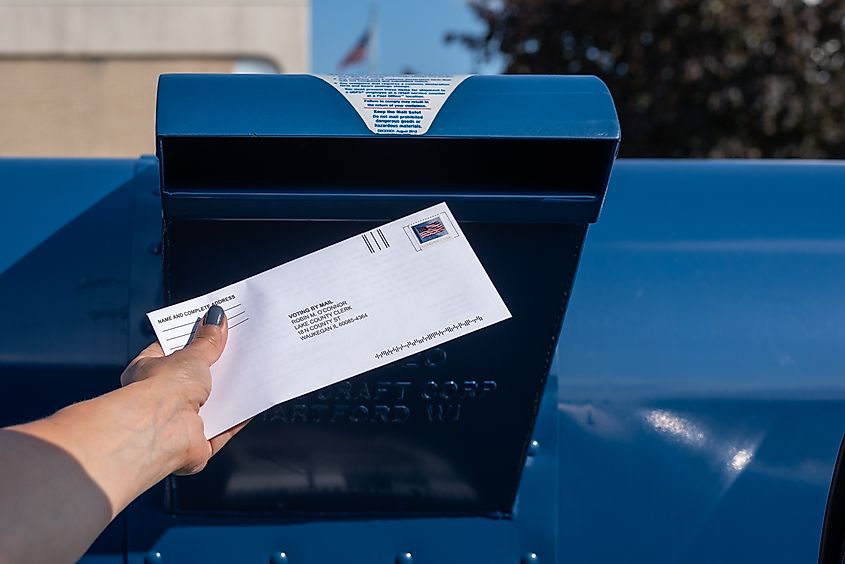
Not anytime soon. Despite advancements in location technology, ZIP codes remain the simplest and most universal way to organize mail and services across a vast and diverse country.
The USPS continues to modernize its operations, but the foundation built in 1963 still works remarkably well. As long as people send letters, order packages, and need clear boundaries for deliveries, the humble ZIP code will have a purpose.
Conclusion: A Code That Connects America
ZIP codes may seem like a small detail, but they are one of the reasons the United States Postal Service can deliver billions of pieces of mail each year. They link cities, suburbs, and rural towns into one of the most efficient mailing networks in the world.
From their wartime origins to their modern-day roles in e-commerce and logistics, ZIP codes have proven to be far more than a set of digits. They shape communities, guide services, and keep an essential part of American life running.
Next time you write your address or type your ZIP code into a website, remember: those five little numbers are doing far more than you think.
Fun Facts About ZIP Codes
-
The lowest ZIP code in the continental US is 00501 in Holtsville, New York, assigned to the IRS.
-
The highest ZIP code is 99950 in Ketchikan, Alaska.
-
ZIP code 12345 belongs to General Electric in Schenectady, New York.
-
Some ZIP codes cover huge rural areas, while others fit into a single building in dense urban centers.



